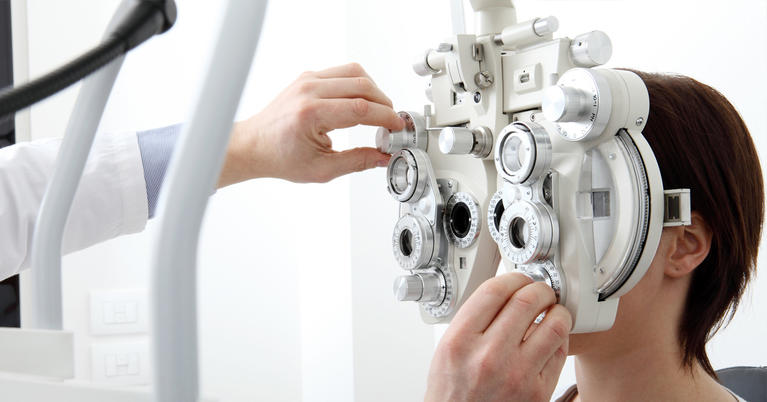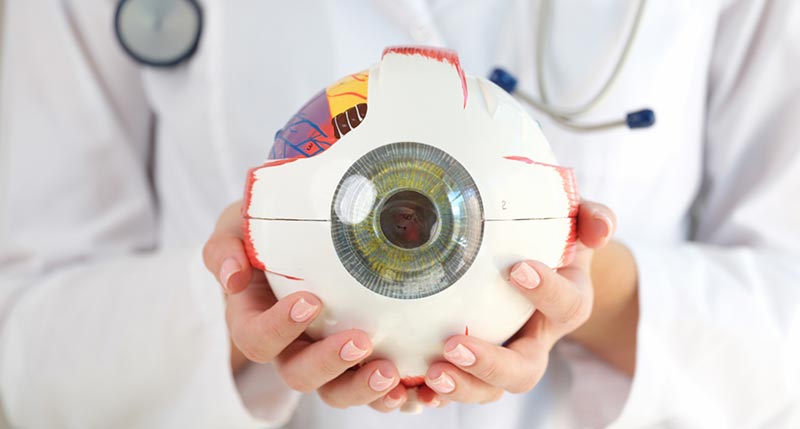Andalusia Pediatrics: Compassionate Care for Your Children
Andalusia Pediatrics: Compassionate Care for Your Children
Blog Article
The Pros and Cons of Various Refractive Surgical Procedures for Improved Eyecare

LASIK Surgery
LASIK surgical procedure is a generally performed refractive treatment that intends to deal with vision issues such as astigmatism, nearsightedness, and farsightedness. During the procedure, a thin flap is created on the cornea, and a laser is used to reshape the underlying tissue, dealing with the refractive mistake.
One of the key benefits of LASIK surgery is the rapid enhancement in vision experienced by many clients. A lot of people notice a considerable enhancement in their sight quickly after the treatment, with minimal downtime needed for recuperation. In addition, LASIK is recognized for its high success price and reduced occurrence of problems when executed by proficient surgeons. Like any surgical treatment, LASIK additionally carries some dangers, including completely dry eyes, glare, halos, and under or overcorrection of vision. It is crucial for people thinking about LASIK surgery to undertake a detailed analysis by an eye care expert to establish if they appropriate prospects for the procedure.
PRK Procedure
The PRK procedure, additionally referred to as Photorefractive Keratectomy, is a kind of refractive surgery that intends to correct vision issues comparable to LASIK surgical treatment. Unlike LASIK, which includes creating a flap in the cornea, PRK services the surface layer of the cornea. During the PRK treatment, the external layer of the cornea, called the epithelium, is gotten rid of to enable reshaping of the underlying corneal cells with an excimer laser. This improving aids to correct refractive mistakes such as nearsightedness, astigmatism, and farsightedness.
Among the advantages of PRK over LASIK is that it gets rid of the risk of flap-related issues considering that no flap is created throughout the surgical procedure. This can be advantageous for individuals with slim corneas or those associated with get in touch with sporting activities where eye trauma is a possibility. The recuperation time for PRK is typically longer contrasted to LASIK, as the external layer of the cornea needs time to regrow after the procedure. Despite the longer recuperation period, PRK can be an ideal alternative for individuals seeking vision correction surgical procedure.
SMILE Surgical Procedure
An advanced refractive surgical treatment technique getting appeal in the area of ophthalmology is SMILE Surgery. Small Incision Lenticule Extraction (SMILE) is a minimally intrusive treatment that corrects vision by reshaping the cornea making use of a femtosecond laser. Unlike standard LASIK surgical procedure, SMILE Surgical treatment involves creating a small incision in the cornea to extract a lenticule, which results in less disturbance to the corneal structure and possibly faster recuperation times.
One of the main benefits of SMILE Surgical treatment is its capacity to treat myopia (nearsightedness) and astigmatism with high accuracy, causing exceptional aesthetic end results for clients. The minimally invasive nature of the procedure additionally minimizes the risk of issues such as completely dry eye syndrome, making it a positive have a peek here option for people seeking refractive surgical treatment.

LASEK Method
Having actually explored the benefits and factors to consider of SMILE Surgical treatment, another significant refractive surgery method worth taking a look at is the LASEK Strategy. LASEK, which means Laser-Assisted Subepithelial Keratectomy, is a type of laser eye surgical treatment that intends to deal with refractive errors such as myopia (nearsightedness), hyperopia (farsightedness), and astigmatism.
Unlike LASIK, LASEK does not entail developing a corneal flap. Rather, during a LASEK treatment, the surgeon utilizes a watered down alcohol remedy to loosen up the slim outer layer of the cornea, understood as the epithelium.
Among the main benefits of LASEK is that it can be suitable for individuals with slim corneas that may not be excellent candidates for LASIK. In addition, LASEK generally results in minimal post-operative discomfort and a quicker recuperation time compared to PRK. The aesthetic healing process with LASEK may be a little longer than with LASIK.
Implantable Contact Lenses
Implantable Get in touch with Lenses use a long-lasting vision improvement option for people seeking an option to standard contact lenses or glasses. These lenses, also called phakic intraocular lenses, are surgically placed right into the eye to fix refractive errors such as nearsightedness (nearsightedness), hyperopia (farsightedness), and astigmatism. eye doctors in andalusia. Unlike standard call lenses that rest on the surface of the eye, implantable get in touch with lenses work within the eye itself, giving clear vision without the demand for everyday upkeep or removal
One of the essential advantages of implantable get in touch with lenses is their permanence. When put, they can continue to be in the eye forever, using consistent and stable vision correction. In addition, these lenses can be a superb choice for individuals who are not good candidates for laser eye surgery or who like a reversible vision modification treatment.
Nevertheless, implantable call lenses do bring some risks, consisting of the capacity for cataracts or enhanced eye stress. It is crucial for people considering this choice to seek advice from an eye treatment professional to identify if implantable contact lenses are the appropriate option for their specific demands and eye wellness.
Conclusion
In final thought, each kind of refractive surgical treatment has its very own benefits and disadvantages. LASIK surgery is prominent for its quick recovery time, while PRK procedure might be ideal for people with thin corneas. SMILE surgical procedure supplies minimal discomfort during the treatment, however LASEK technique may have a longer recovery procedure. Implantable call lenses offer an option redirected here for those who are not suitable candidates for conventional surgical treatments. People ought to seek advice from their eye treatment service provider to identify the finest choice for their private requirements.

In General, SMILE Surgical procedure presents an appealing choice for people looking to improve their vision through refractive surgical procedure.
Report this page